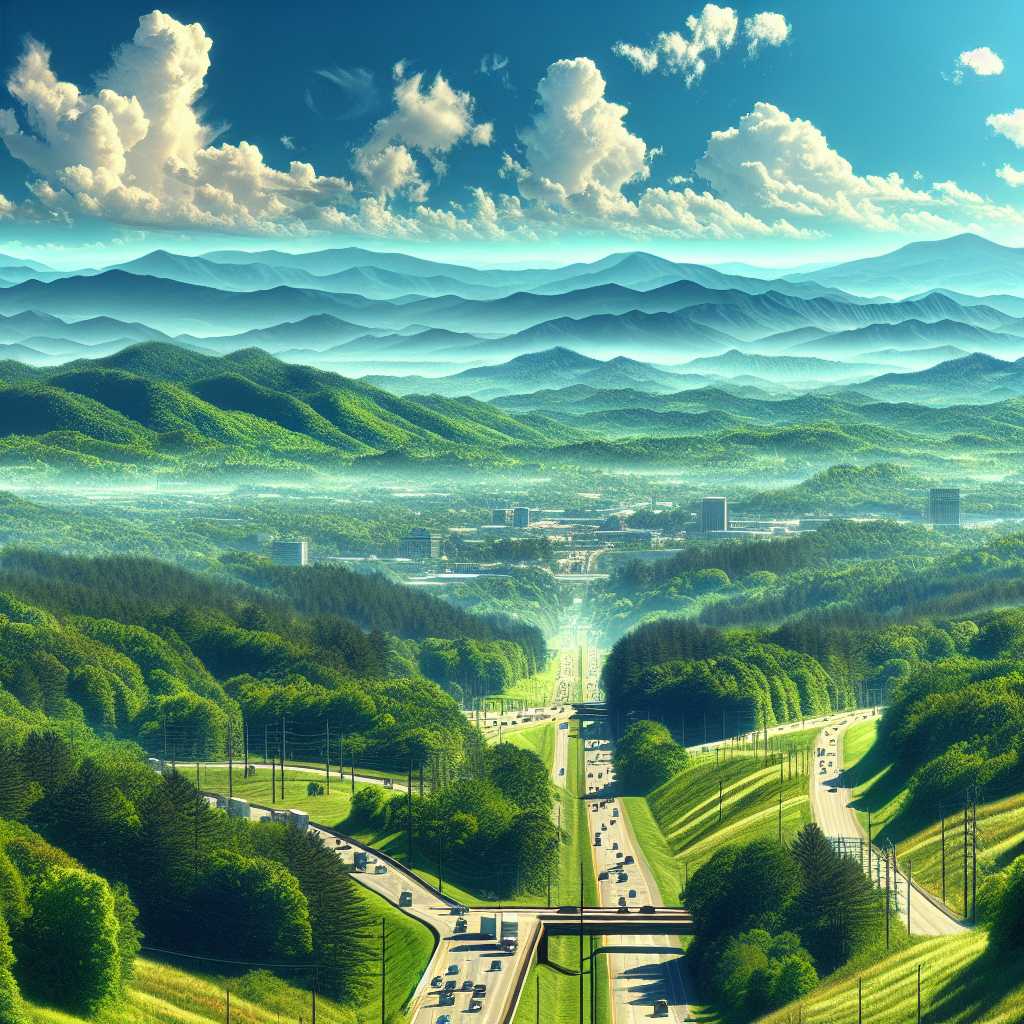Historical and Cultural Overview of North Carolina
North Carolina, part of the southeastern region of the United States, has a rich history that stretches back to the early days of European colonization. Known as the Tar Heel State, a moniker whose origins are laced with legend and lore, North Carolina was one of the original Thirteen Colonies and was the 12th state to ratify the United States Constitution.
Early History and Settlement
The early history of North Carolina is marked by the establishment of the Roanoke Colony by Sir Walter Raleigh in 1585, which later became known as the “Lost Colony” due to the mysterious disappearance of its inhabitants. The subsequent waves of settlers were mainly from England, but also from other parts of Europe. The region saw significant growth and was recognized for its production of tobacco and other crops through the labor-intensive plantation system which depended heavily on enslaved Africans.
The Revolutionary Period and Statehood
During the American Revolution, North Carolina played a crucial role. The state was the site of several pivotal battles, including the Battle of Guilford Courthouse in 1781. Its contribution on the battlefield would eventually lead it towards statehood following the war’s conclusion. The University of North Carolina at Chapel Hill, chartered in 1789, stands as a testament to this time period as one of the oldest public universities in the United States.
Civil War and Reconstruction
Leading up to the Civil War, North Carolina was somewhat reluctant to secede from the Union but eventually joined the Confederacy. It sent more troops to battle than any other Confederate state and suffered significant losses. During Reconstruction, conflict ensued regarding social hierarchy and racial integration. The end of the 19th century brought a rise in industry, reshaping its economic landscape from one focused on agriculture to one more diverse in its pursuits.
Modern Development and Economy
Throughout the 20th century, North Carolina evolved considerably. Manufacturing became a stabilizing economic force with furniture, textile, and tobacco dominating production. In recent years, technological advances and financial services have sparked growth within major urban areas such as Charlotte and Raleigh-Durham’s Research Triangle Park – an epicenter for IT innovation and biotechnology research.
Physical Geography and Climate
Geographically, North Carolina boasts diverse features from the Appalachian Mountains in the west to coastal plains stretching eastward. Between these two extremes lies the Piedmont region where rolling hills prevail. Each topographic area accounts for differences in climate – mountain regions remain cooler year-round, while coastal areas experience milder winters and warm summers typical of southeastern states.
Cultural Heritage, Arts, and Tourism
The cultural landscape in North Carolina is vibrant with distinct Appalachian musical styles in the mountain regions to significant literature contributions such as that from Thomas Wolfe. Arts institutions like the North Carolina Museum of Art contribute to its cultural richness along with numerous higher education institutions. Tourists flock to scenic sites like the Blue Ridge Parkway, Outer Banks beaches, and historical locations such as old tobacco plantations and Civil War battlegrounds.
Population Demographics and Current Issues
With a population nearing 10.5 million people, diversity characterizes much of North Carolina’s demography including a significant Latinx population expansion in recent decades. Currently, issues like economic inequality and discussions about health care access mirror those found nationally. Environmental concerns specific to North Carolina include coastal erosion and maintaining natural resources such as forests – both vital for tourism and ecological health.
Political Landscape
Politically, North Carolina’s history has seen swings between both major political parties. The General Assembly often garners attention for its legislative decisions that sometimes spark controversy or legal challenges on grounds ranging from voting rights to school policies.
